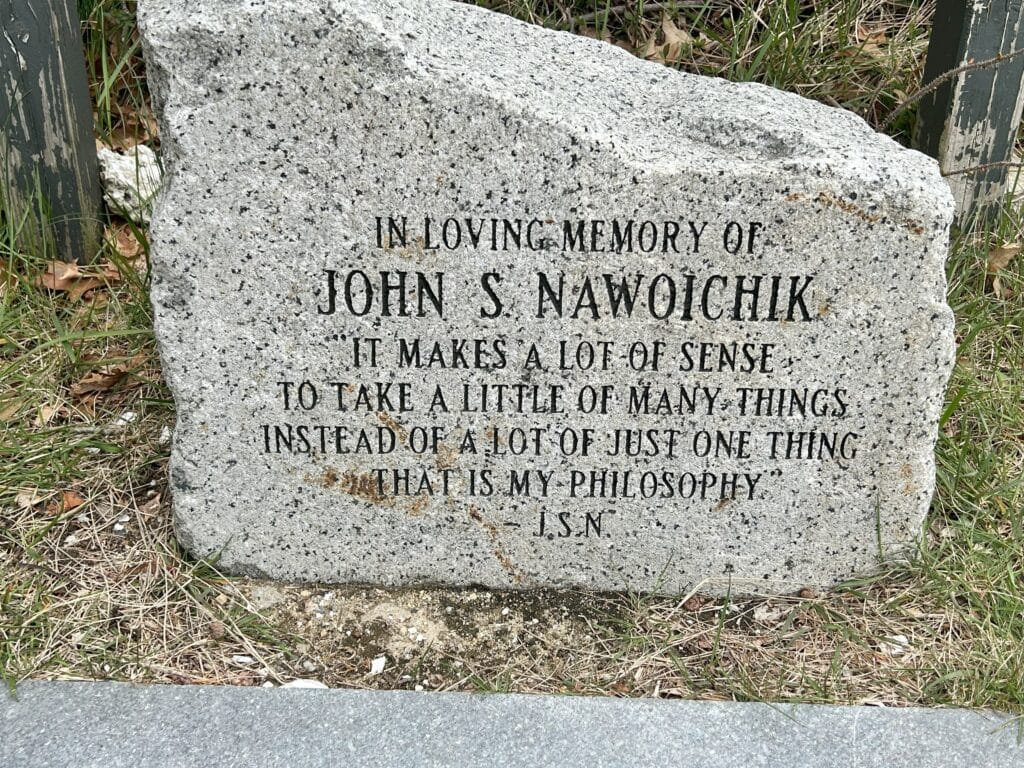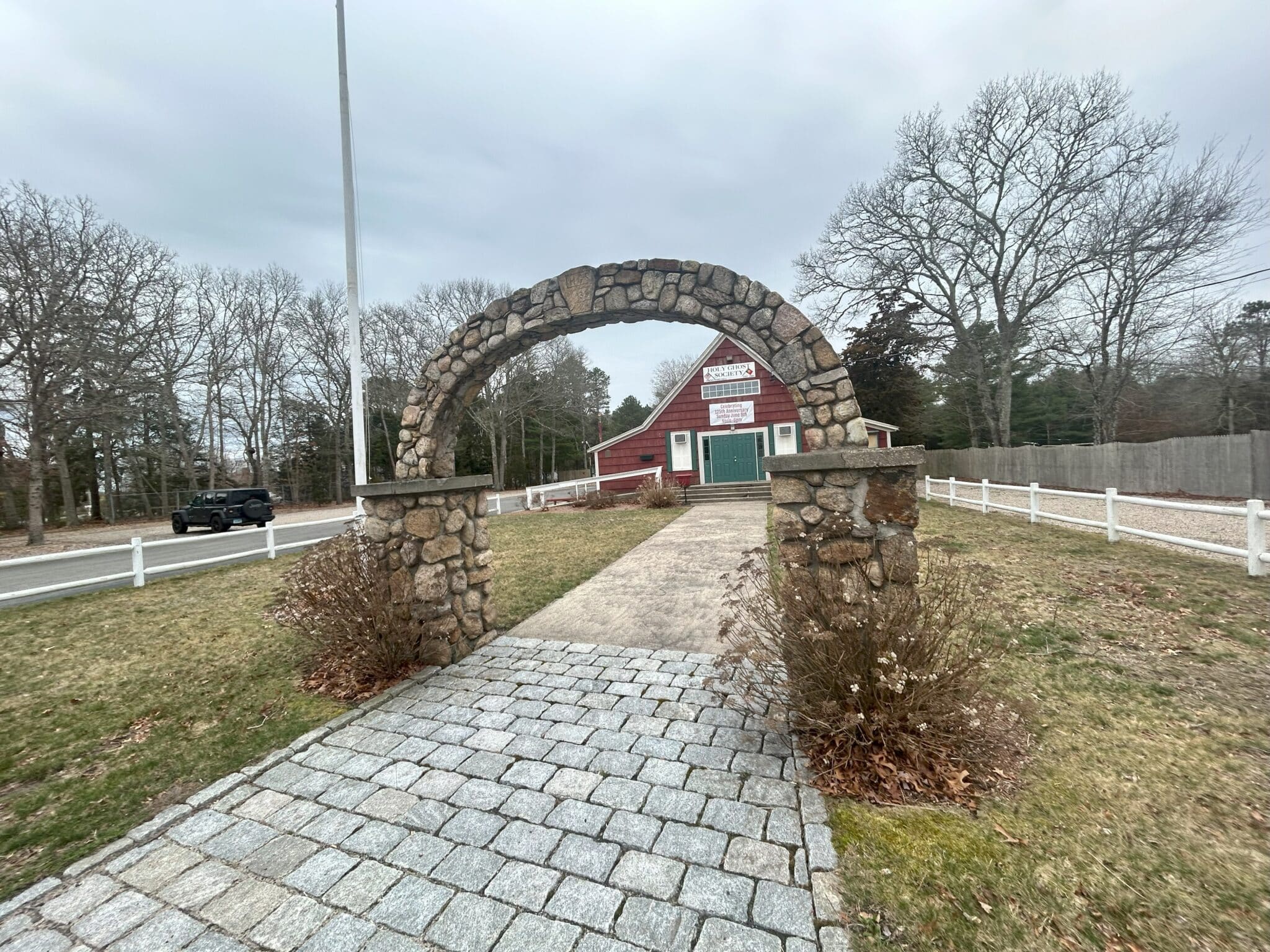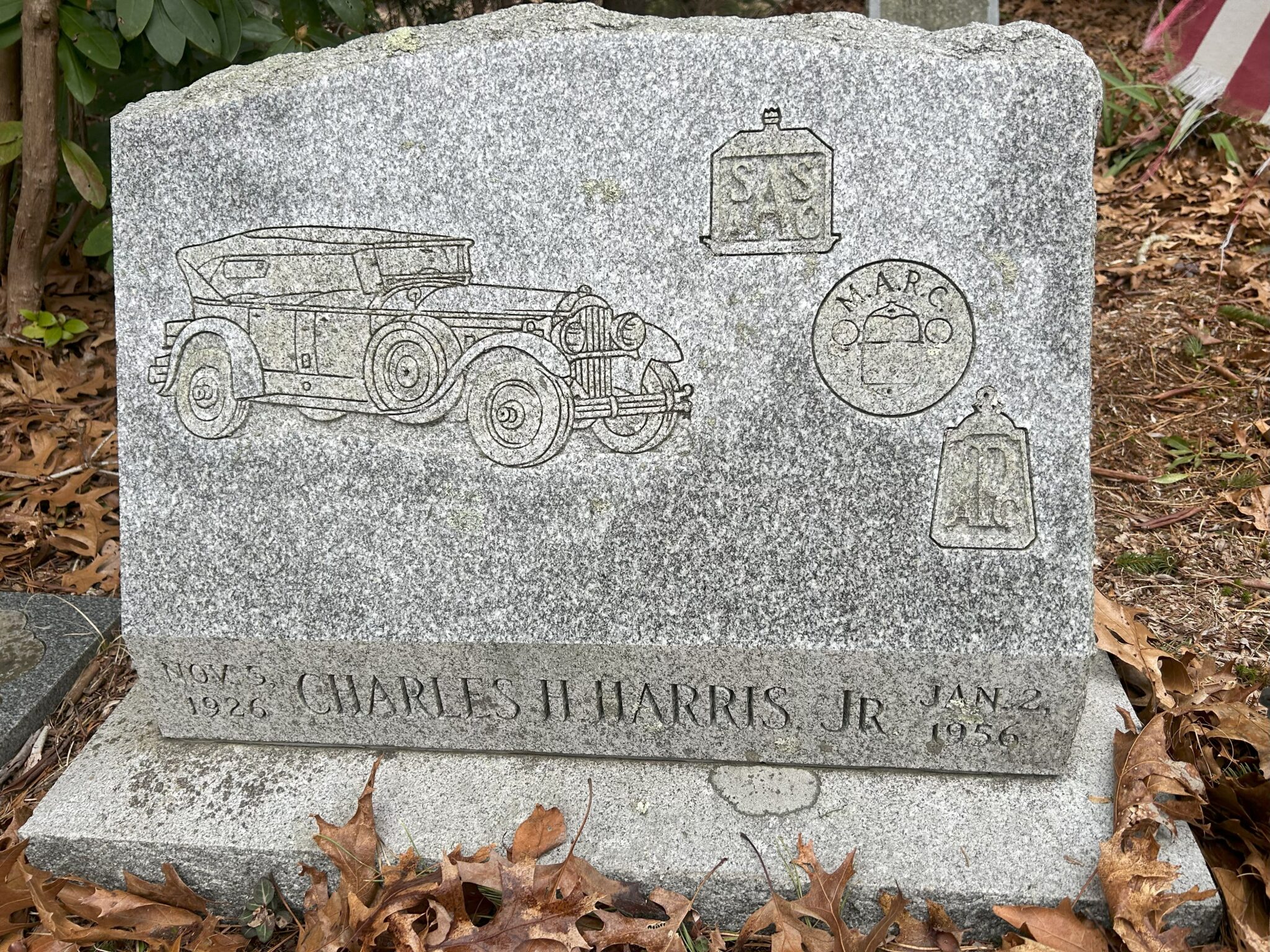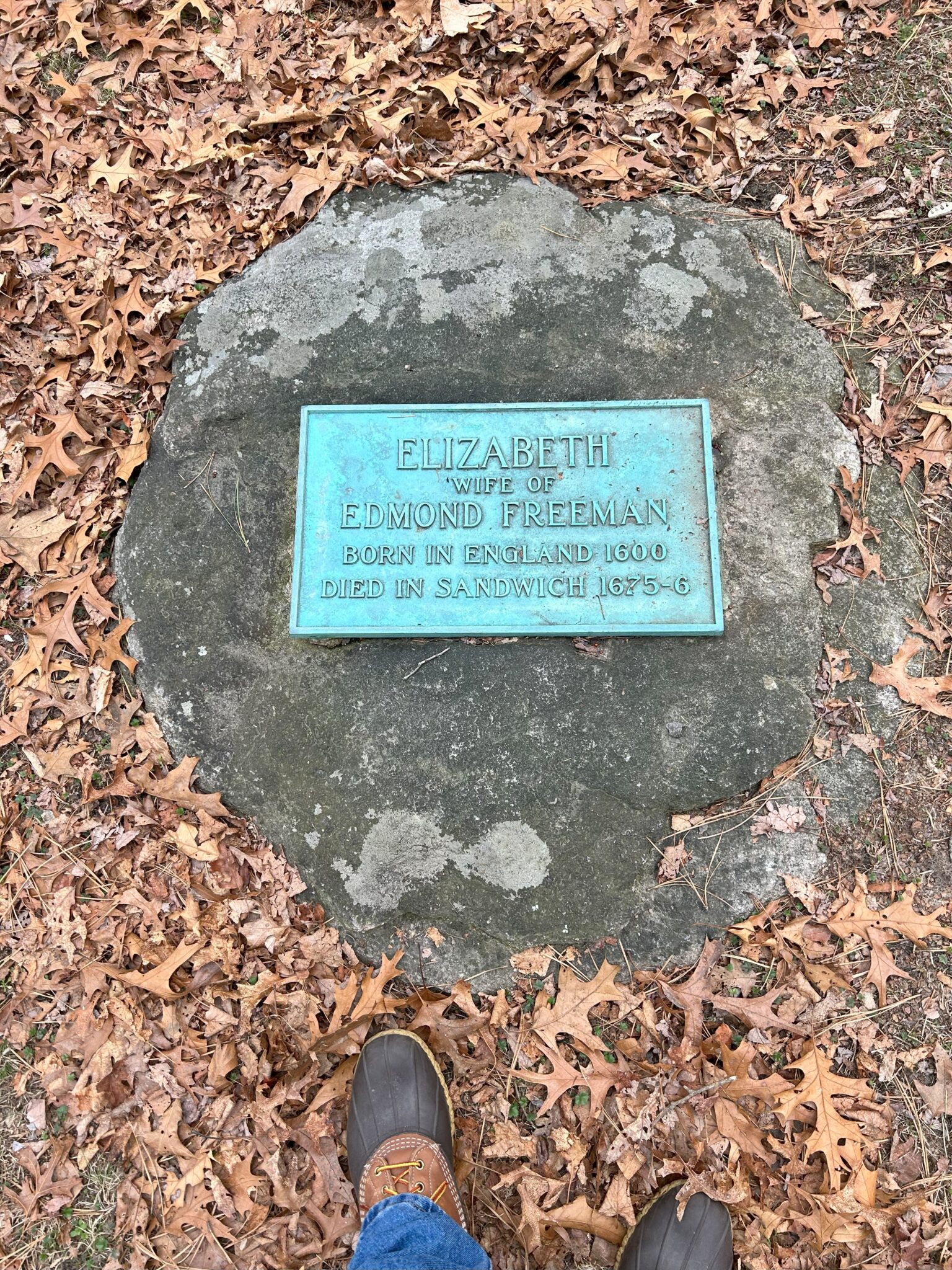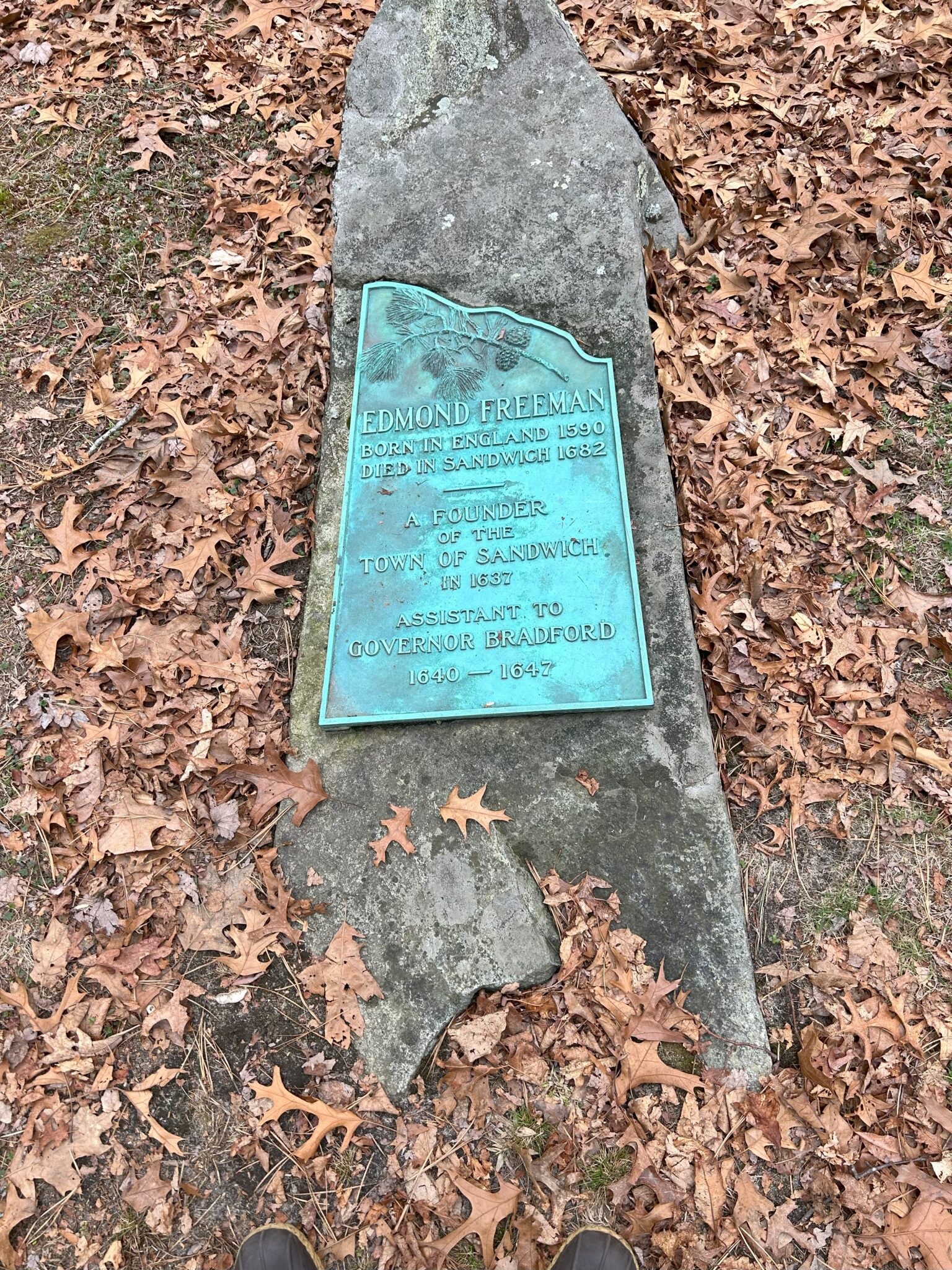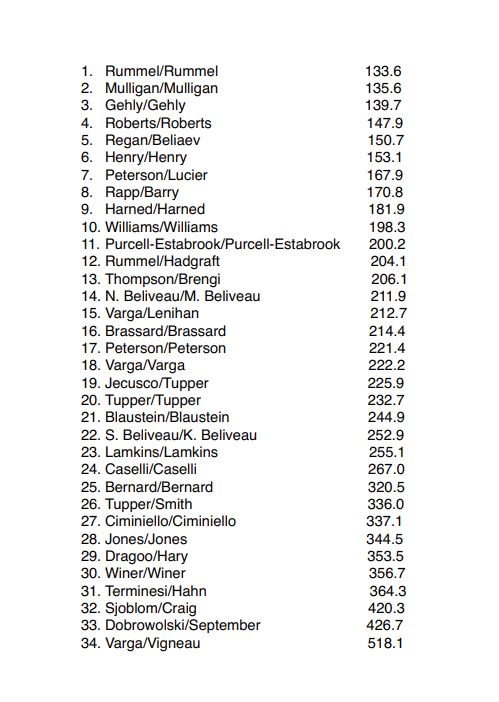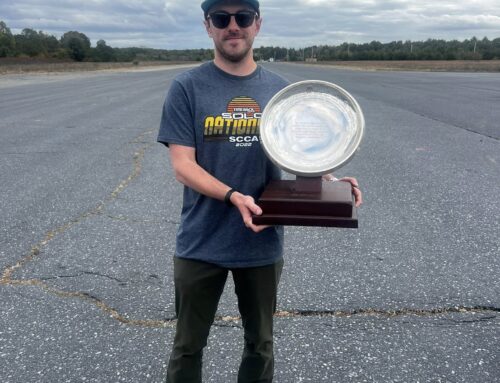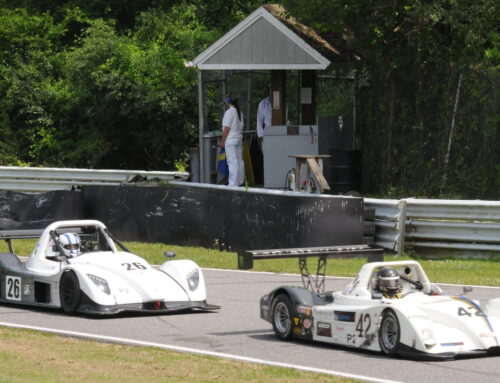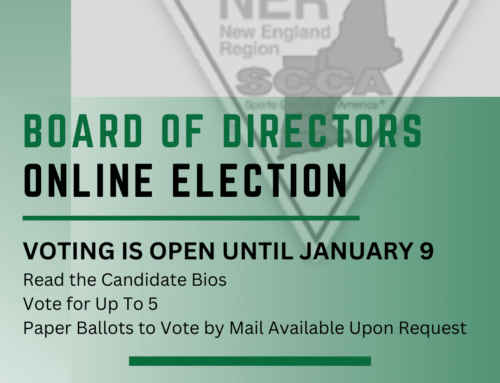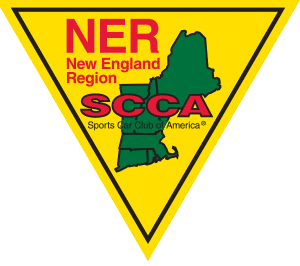We are sure Ken and Marsha Frausel, wherever they are now, never dreamed that the “Old Timers Rally” they inaugurated in 1975 would still be around in 2025. Initially conceived as a low-pressure alternative for those (largely older) Cape Codders veterans who had tired of the protest mentality associated with TSD events of the times generally, if not the CCC specifically, this event was a success from its very first running. Astonishingly, there were no complaints and lots of smiles from even the Region 1 legends (Britt and Posie Ragsdale and Prescott Bagley for starters) who participated in that first ever Old Timers rally. In fact, it seemed to be so well received that Julie and I, who, as relative newcomers to rallying, had checked that first OTR, decided to repeat the effort, this time as rallymasters, in 1976. That experience reinforced our impression that the OTR was a worthy companion to the CCC TSD and we continued to serve as OTR rallymasters through 1985. Little did we know that the event we nurtured through its first decade would still have legs thirty years later when we returned for a seven year stint as organizers. Of course, when we retired in 2021, Gerry, at least, did not anticipate returning as an organizer. He is still not sure how it happened exactly, but suddenly we were responsible for putting together the 50th!
Our first principles were simple. First, make sure we included some of our personal favorites. Second, make it easy enough for first timers, of which there were a number, but with enough of a challenge to satisfy the veterans. Third, use all 15 cities and towns. Fourth, keep it short enough that everyone could finish by the 6 o’clock deadline.
We succeeded (or at least we think we did) with all but principle #3. Our first layout included all 15 cities and towns but it didn’t survive Julie’s Final Cut. In her view, it was too long and, for almost one-third of the mileage, too boring. So, that left the other three principles to fulfill.
We know this sounds strange but making it easy is not hard. We could have put together a greatest hits compilation and given the veterans (some of whom have been participating in one way or another since 1981) a decided advantage. We could have used clues easily discoverable on the Internet. We could have put place names in our clues and made the map less important. None of these choices appealed.
Instead, we decided to start with personal favorites (using the original questions, if possible). Julie wanted to go to the Bourne cemetery, the Freeman grave site and the Cape Cod Airport again. I wanted to return to the Orleans Civil War monument, the master gunner in Wellfleet, and John Kelley’s 50th Boston Marathon commemoration. From this start, we just added a few more from the first 6 years, made sure we had at least one favorite from each decade subsequent to 1984, and filled in the remainder with what we presumed to be new locations. Ten of the sixteen questions/locations came from the years 1975-1980, three of which also appeared (with different wording) in the rally’s second decade. Decade #3 was represented by the Kelley marker which had been used on the 2004 event. The Cape Cod Airport had made the first of its appearances in 2011 and was the 4th decade’s representative. The Baptist Church in Mashpee was the fifth decade’s contribution from 2015. Thus, there were only three locations that, to the best of our knowledge, had never been used in the first 49 years of the event and seven other locations that were last used before any of this year’s entrants had participated in their first OTR. (If anyone didn’t get a copy of our reflections on the location choices which was available at the finish, just let us know and we will email it out to you.)
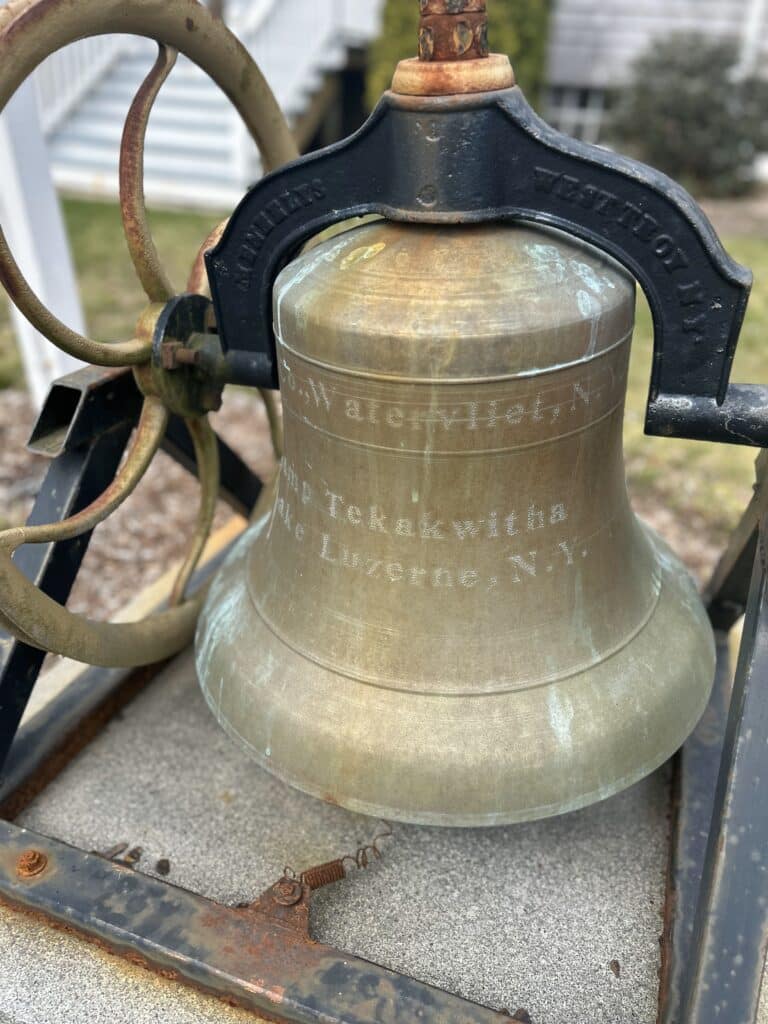

Now, having chosen our locations, could we make the clues easy, or when applicable, easier than they had been originally? Yes, we could make them easy but not always easier than they had been originally. For starters, a number of the original questions could now be answered from a rocking chair at the starting point by using a simple internet search. On the other hand, some of the early questions were far too vague for the current generation of rally participants who had become accustomed to clues that presented some degree of specificity. For example, in 1979, the Wellfleet clue read as follows: “In Wellfleet center, the observant among you will learn something about a master gunner. What was his name?” Given the numerous markers in however long a stretch of road one defines as Wellfleet center, one could have expected to spend at least 30 minutes searching for the answer, in the absence of extraordinary luck. Thus, we had to, and did, make that clue much easier. The new directions placed the contestants within 50 feet of the marker. Nevertheless, only 15 of this year’s 34 finishing participants answered the question correctly.
So, was it easy? We think so. In fact, the first contestant to check in, with all questions answered correctly, did so at 3:28 PM. This made us feel as if the rally was too easy. However, that early finish and perfect score was not the norm. Four cars did find all 16 locations and answered all of the questions correctly. Only one car did not finish and all others arrived by 6 PM. The latter point satisfied both principle #1 and principle #4. Most entrants did quite well. This all suggests the rally was easy. But the evidence suggests that past participation afforded an advantage. No one in the top 19 (most of whom were familiar names) had more than two and one-half questions wrong. The bulk of the wrong answers (five and one-half or more) were distributed among the bottom 10, 7 of whom appeared to be first timers. Why the disparity in results? As many of the first timers discovered, the map is critical to finding the locations. Relying on local knowledge or the internet can steer you very wrong. According to the map, there is only one “state forest park” on Cape Cod. So, if you went to a state forest on the western end of the Cape, there was no way you were going to answer the question correctly. Also, a “highway” is a specific colored road on the map. If you ignored the legend, you found yourself at the wrong intersection. In another case, one “Windmill Park” was very easy to find. The second one required a laborious magnifying glass-enhanced search of the map but it was there. And, to those who asserted that more than one airport had “Cod” in its name, that may have been so, but only one airport shown on the map had “Cod” in its name. The wording of the question can also be important. A “memorial” can be different from a “monument”, especially if they are located close to each other, and Bayview Rd. in Chatham is different from Bayview St. in Chatham. Then, one must also recognize that Cape Cod (Bourne, specifically) is on both sides of the canal. Of course, it wasn’t only first timers who made these errors. Veterans did also. But the majority of these types of mistakes were made by the inexperienced.
Not counting small variations (which tended to simply add miles), there were eight possible routes by means of which the course could have been completed in the lowest possible mileage. Four were ovals; the other four were figure-eights. Of the four cars that found the correct answers to all 16 questions, each chose a different route. The top three finishing entrants, each of whom was a prior winner of this event, chose an oval route using a different starting point. Only six miles separated the winner from the third place finisher. The fourth perfect response finisher chose one of the figure-eight alternatives.
The winning sequence was the Cape Cod Airport, the Saddle and Pillion gravesite, the Harris cemetery in Bourne, the Cataumet Club, the Smalltown arch, the Camp Tekakwitha bell, Bay Street, the Judah Baker windmill, the Larkin plaque, the Forest Beach Conservatory, the Orleans Civil War memorial, the master gunner marker, Eastham’s Windmill Park, Nickerson Park, Scargo Tower and the Bend in the Road.
The question that tripped up the most entrants involved the Civil War memorial in Orleans that you arrived at after passing the well-advertised (on the internet) monument. We had used the monument in 1978. Pres Bagley or his daughters more cleverly took advantage of the memorial further down Main Street in 1991. Only 13 of the 34 cars went on to find the memorial after failing to find the answer at the monument. The next two most difficult were the previously mentioned master gunner and the difficult-to-spot southern Windmill Park. On the other end of the spectrum, 32 entrants found the Larkin plaque, while 31 entrants found the Smalltown arch, the Cape Cod Airport and Scargo tower.
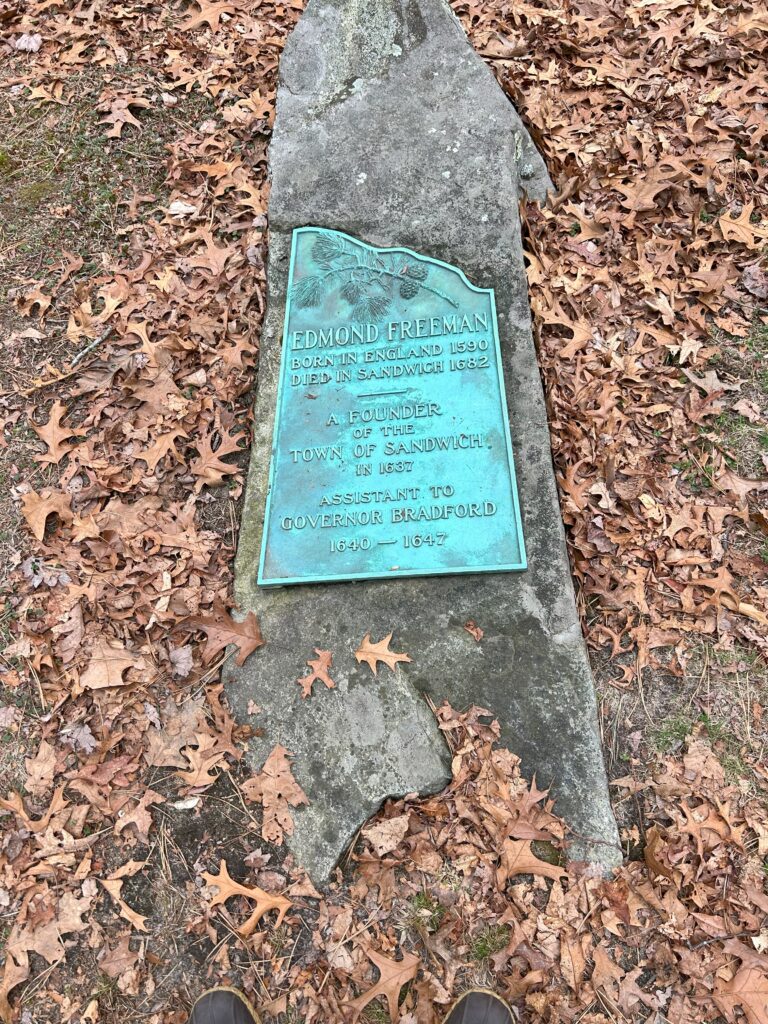
The Colbert Cup was presented yet again to oft-times legacy winners Cindy Rummel and her Germany-based son, Derek. Cindy and Derek are the daughter and grandson of Omer Norton, who first ran the event in 1977. Omer must be smiling broadly at the success of his progeny. As always, the event could not have succeeded without the help of a number of individuals who we can’t thank enough. Hal Denham sacrificed the front and back end of his day to run the ODO check in the morning and the evening check-in from 4 to 6 PM (in the inevitable rain). Jon Lamkins helped with the administrative details (most of which we had forgotten since October, 2021). Tracy Tupper helped prepare the picture for dash plaque execution and presented the Colbert Cup. Mark and Marianne Williams met with us early on and handed off the maps and other paraphernalia that move from one organizer to the next whenever the event changes hands (hint, hint). The Holiday Inn team did their usual great job. Finally, and perhaps most importantly, we send our heartfelt thanks out to you in the driver and navigator seats. Your participation and encouragement assures continuation of this event from year to year.
And remember, “Second star to the right, then straight on ‘til morning.”

